Contents
A stalled or stuck fermentation is a real problem in winemaking that even the most experienced winemakers face. There is almost always a solution. So, in this article, we will figure out why homemade wine has stopped fermenting, why it can ferment poorly, and also what to do about it.
If an experienced winemaker who has been making wines constantly and for many years tells you that he has never had problems with fermentation, then most likely he is lying to you or not telling you something. There are a number of basic rules that need to be taken into account when setting up any wine for fermentation. By following them, the likelihood of problems with fermentation is reduced to a minimum, but there are always force majeure circumstances. And if an experienced winemaker is well acquainted with the basic rules and always observes them, then he is powerless against force majeure.
To better understand the fermentation process and you and I did not have a misunderstanding, first read the articles with recipes for grape and apple wine, where all winemaking processes are described in great detail.
Experienced winemakers are not frequent guests on our site. For decades, smart books, specialized sites and communities have existed for them. We do not grab stars from the sky – we are amateurs and we write exclusively for amateurs. Therefore, this article will begin with an analysis of the basic rules for good fermentation, possible problems and ways to solve them. More extravagant causes of “stuck” fermentation, which happen extremely rarely and are mainly associated with wine diseases, we will consider sometime in another article.

Go through this list and read each item carefully. Here are the most common causes of “stuck” fermentation. Some problems and ways to solve them will be described not only for wild yeasts, which beginner winemakers often work with, but also for pure yeast cultures (hereinafter referred to as CKD).
Why wine does not ferment at the initial stage
Fermentation hasn’t started yet
Do not expect active fermentation, with foam and dancing, to begin 10 minutes after extraction of juice or addition of CKD. This usually takes from 3 hours if some strains of CKD are used (in most cases with cultural yeasts, the wine starts to ferment immediately) or up to 2-3 days if it is wild yeast. Yeast, once in a favorable environment for life, the first thing they begin to multiply and only after that they break into the absorption of sugar. This can take a long time if something interferes with it. Therefore, the start of fermentation is highly dependent on the ambient temperature, the raw materials used, the sugar and acid content.
What to do?
Wait 3-4 hours if CKD was added, or up to 3-4 days if fermented with wild yeast. If fermentation does not start, then something is wrong with the yeast or wort, which means you first need to analyze the juice (find out its sugar content and acidity) and add fresh yeast or yeast starter from raisins, raspberries, etc. Read the article further.
Too little oxygen during primary fermentation
As mentioned earlier, the first couple of days, the yeast spends all its energy on reproduction, and only after their number has reached a certain mass, they begin to think about food. At this stage, yeast cells use oxygen for their replication. If during the period of fermentation of wine or immediately after adding CKD to the must, a water seal is installed on the fermentation tank, the yeast will receive less oxygen and their reproduction will be greatly delayed. Such wine ferments sluggishly and there is a high risk of contamination of the must.
What to do?
In the early days, do not install a water seal on the fermentation tank. It is better to close the neck of the container with gauze or cloth. It will also be useful to “ventilate” the wine before putting it into fermentation under a water seal. To do this, the wort cleared of pulp can be poured several times from one vessel to another, preferably from a great height, so that it is saturated with oxygen.
Temperature difference between wort and sourdough
Before adding CKD to the wort, they must be prepared (popularly “fermented”). To do this, mix a glass of water or wort, a tablespoon of sugar, sometimes orange juice for feeding. Yeast is added to this artificial medium and wait 15-40 minutes for it to activate. After that, the starter is poured into the main wort. But if the starter temperature deviates from the temperature of the wort by at least 5-7оC, the yeast experiences a temperature shock and usually dies. The difference in temperature can also cause a long start of fermentation.
What to do?
Check that the temperature of the wort and yeast starter is the same. To do this, it is enough to keep them in the same place for 15-30 minutes.
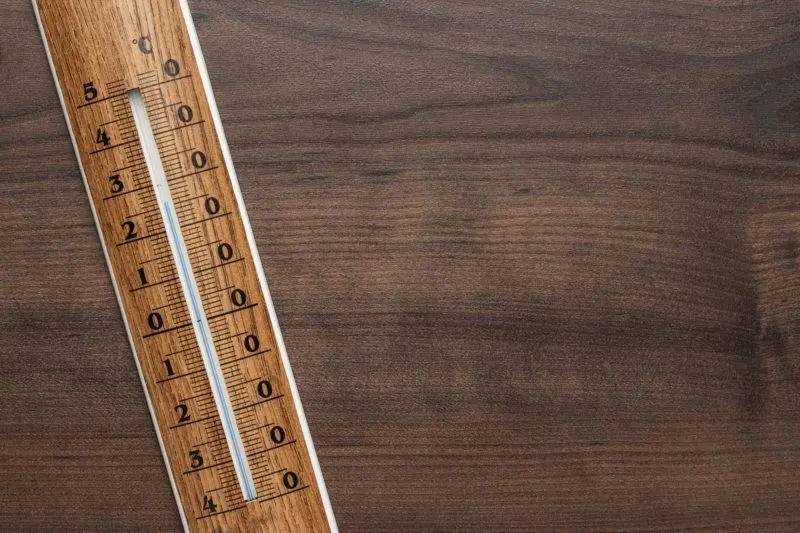
Yeast added early after sulfites
It is advisable to treat all wines with sulfites (sodium bisulfite, Campden tablets, or, more simply, sulfur, SO2) before adding CKD. Sulfites sterilize the wort, destroying all third-party microorganisms. Sulfur begins to dissipate in the air as a gas and gradually leaves the juice. This takes about 18-24 hours. After that, you can safely add CKD and start making wine from scratch.
What to do?
After using sulfur to sterilize the juice, wait the prescribed 24 hours and only then add the yeast. At this time, the container with wine does not need to be closed, because the sulfur should come out of the juice completely. It is better to do with gauze or a clean cloth.
Yeast needs nutrients
In addition to sugar, yeast, for its vital activity and replication, needs nitrogenous food, amino acids and vitamins. In grape juice, as a rule, all these substances are present in sufficient quantities. But the same cannot be said about fruit and berry juice. Always add liquor store yeast feed first if possible. You can also get by with some drugs from the pharmacy.
What to do?
In the primary fermentation, add yeast feed from the liquor store to the wort containing nitrogen (diammonium phosphate), vitamins, minerals, fatty acids, and more. Carefully follow the instructions on the package. In the late stages of fermentation, when the wine has suddenly stopped fermenting, it is better not to add such complexes, as they can become beneficial food for unwanted bacteria. It is better to get by with a pure source of diammonium phosphate (usually 1g/l). You can also add thiamine hydrochloride (25 ml per 3,5-4 liters of wine, mix well) – you can find it in pharmacies.
The wine stopped fermenting in the late stages (after a week)
The water seal is not sealed
Without a water seal, as they say, you can’t brew wine. It is necessary for the unimpeded removal of carbon dioxide from the fermentation tank and not for oxygen to enter it. The carbon dioxide released during fermentation must be removed, since its high concentration negatively affects the vital activity of the yeast, and can also create serious pressure inside the closed container. The constant supply of oxygen can cause the development of pathogenic microorganisms that will turn your drink into vinegar or, worse, cause the wine to become sick.
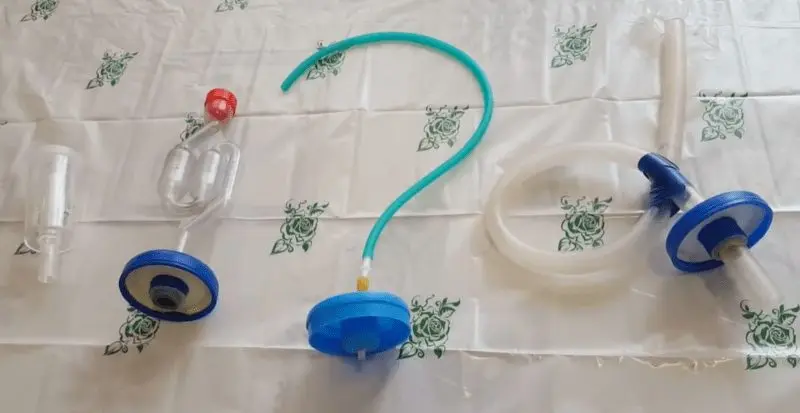
A hermetic water seal is an indicator and guarantor of proper fermentation. The air bubbles released by him indicate that fermentation is proceeding normally. The same thing happens with a rubber glove (an undesirable alternative to a water seal) – if it is inflated, then everything is in order. If the tightness is broken, then the glove will not inflate, and the airlock will not blow bubbles, and you will decide that something is wrong with the fermentation process. In addition, a leaky water seal late in fermentation will allow oxygen to enter, which will cause more serious problems.
What to do?
Check the water seal for leaks. If necessary, cover the joints with silicone, plasticine or any other sealant. Remove the water seal only if necessary. Do not install an airlock during the first few days of fermentation (read previous points).
The temperature regime is not observed
Yeast needs a constant temperature within a certain range to survive. If the ambient temperature drops below 10оC, the yeast goes into hibernation and fermentation slows down or stops altogether. If the temperature exceeds 30оC – wild yeast will die (some types of CKD can handle higher temperatures). The optimum fermentation temperature for any wine, grape or fruit, is 18-24оC.
Temperature fluctuations are a very common problem. If in a short period of time the temperature of the wort changes by 5-7оC, most of the yeast will die. Even larger drops can destroy the entire colony. Especially dangerous are temperature drops in the late stages of fermentation, when the concentration of alcohol already causes inconvenience to yeast cells.
What to do?
Provide wine a constant temperature in the range of 18-24оC. If the fermentation process has slowed down a lot, then it is advisable to maintain the temperature around 21оC. If the temperature exceeded 30оC and yeast died – restart fermentation.
Too much sugar
This is the scourge of the novice winemaker and is one of the most common problems today. Yes, yeast converts sugar into alcohol. Yes, sugar is their main food source. But as soon as its concentration exceeds a certain maximum, the yeast reduces its activity. Sugar in this case plays the role of a preservative. When the sugar content of the must reaches 21-24%, fermentation can slow down significantly or stop altogether. This is why wine often stops fermenting after adding sugar. The optimal sugar content for normal wine fermentation is below 21%.
Buy a hydrometer and always measure the sugar content of the must – this will save you the most common mistake novice winemakers make.
What to do?
If the sugar content of the wort exceeds 21%, it is necessary to dilute it with clean water (you can start with 15% of the total wort). The same should be done with too dense wort. If necessary, restart the fermentation. If you are preparing dessert or liqueur wine, always add sugar in portions, on the 2nd, 4th, 7th, 10th day of fermentation in equal parts, dissolving it in a small amount of fermenting wine.
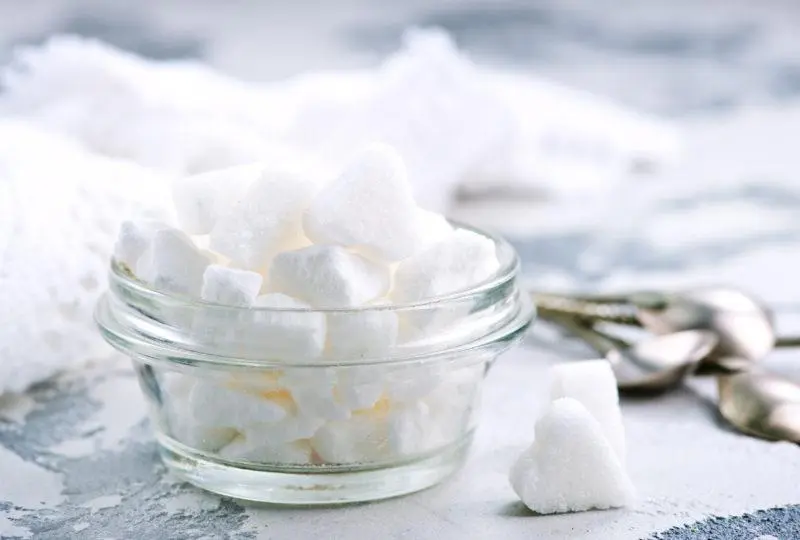
The acidity of the wort is too high or too low
Grape juice, as a rule, contains the optimal amount of acids and nutrients necessary for the normal functioning of yeast cultures. The same cannot be said about other fruits and berries, the juice of which should be prepared before fermentation. The most difficult thing for a novice winemaker is to cope with the acidity of the must. It is believed that the optimal acidity of grape must should range from 3,2 to 5 pH, ideally around 4 pH. If the acidity of the must is below 3,2 pH, fermentation is severely inhibited or may stop altogether. If this value is above 4 pH, there is a risk of wine disease due to other microorganisms.
What to do?
Get a pH meter. If the acidity is below the required level (pH>4), add the juice of 1-2 lemons per 3-4 liters of wine or use tartaric acid from the store. Apple wines are best acidified with malic acid. Pear cider, the recipe of which is described in this article, cannot be acidified with citric acid. Otherwise, when the acidity is above the prescribed level (pH
Too much alcohol
It should be understood that alcohol is also a preservative. With an increase in its concentration in the wort, the activity of the yeast decreases markedly. When the must strength reaches 12-14%, wild yeast falls into suspended animation or dies, settling to the bottom of the container in the form of a dense sediment. Determining the alcohol content of wine after rapid fermentation is quite problematic if you do not have a hydrometer and you did not measure sugar at the beginning. However, 12-14% alcohol in the drink is felt when tasting. Before adding sugar, always calculate how much alcohol will come out of it. At least according to the average: 1 g of sugar u0,5d 0,6-XNUMX ml of absolute alcohol.
What to do?
Proceed to the next step: clarify the wine, age and bottle. If you want to continue experimenting and increase the strength of the wine, add alcohol-resistant CCDs.
Fermentation is over
If homemade wine isn’t fermenting, it might just be ready. On average fermentation with wild yeast takes between 20 and 30 days to ferment vigorously, with CFD fermentation can be much faster depending on the strain of yeast. However, elevated ambient temperatures during fermentation, as well as sufficient nutrients for the yeast, can greatly speed up the process. Under ideal conditions, fermentation can be completed within 2 weeks, and CKD can process all the sugar in 5-7 days.
What to do?
Proceed to the next step: drain the wine from the sediment, put it on a quiet fermentation in a cool room, and then bottle it. But before that, you need to make sure that the fermentation is really over. Taste your wine and if it is bittersweet, sugar is not felt in it, then this is a sure sign of the end of fermentation. A hydrometer will also help. If the specific gravity of the wine is 998-1010 g/dm3, the wine is ready for clarification and bottling.
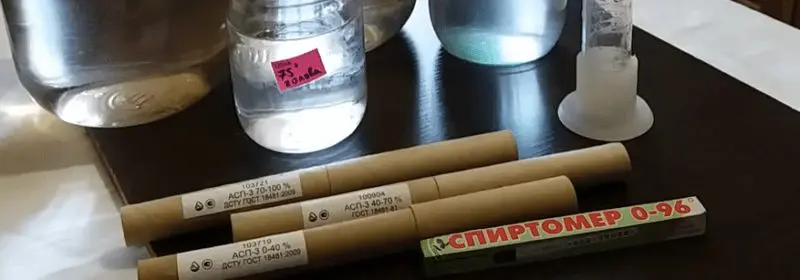
Pathogenic microorganisms have developed in the wort
Diseases of wine is a complex topic that requires a separate capacious material. The wort may become moldy, acetic or other undesirable fermentation may be activated in it. In such cases, it is difficult to do anything and the wine is often simply poured out. Always use sterile equipment and wash your hands before handling wine material. If signs of the disease were detected at the first stage, the wort can be sterilized by heating or adding SO2, after which the CKD or yeast starter can be added.
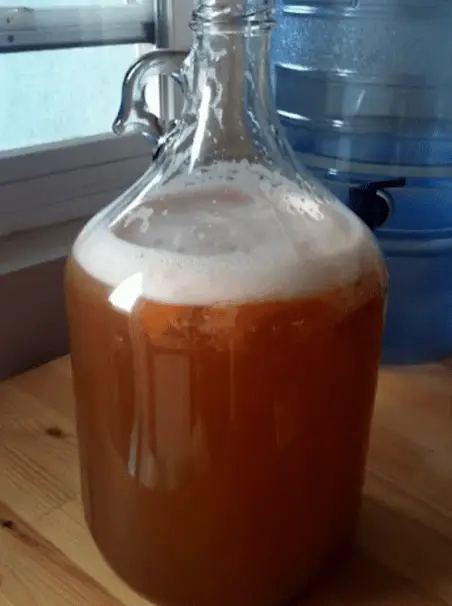
Restart fermentation
If all the recommendations described above did not help, then the yeast died or was initially dead, and a priori fermentation could not start. In such cases, only restarting the fermentation with yeast sourdough or CKD will help. And since something went wrong with wild yeast initially, it’s better to go to a liquor store and get cultured yeast. That will be more reliable.
In most cases, when the wine suddenly stopped fermenting, and there were no prerequisites for this, it is enough to introduce the so-called killer yeast, which quickly replicate, displace other strains, but at the same time make good wine. These yeasts definitely include Red Star Premier Cuvee, Red Star Champagne and Lalvin EC-1118. Also, Lalvin K1-V1116 yeast (Montpellier) proved to be excellent for restarting fermentation.
Before pitching the yeast, the wort still needs to be corrected if one of the problems described above has been noticed. For example, if the wort is too sweet – dilute with water, not sour enough – add acid.
Before adding yeast to restart fermentation, it must be prepared. To make everything go like clockwork, it’s better to work according to this algorithm:
- Prepare CKD yeast starter (strain recommendations above)
- sterilize a half-liter jar
- add 250 ml of pure water to it at a temperature of 27оС
- add 1 teaspoon of sugar
- 5-10 ml lemon or orange juice
- a pinch of yeast nutrients*
- 1 heaping teaspoon of yeast
- seal the neck of the jar with a cotton plug
- leave the jar in a warm place
* instead of nutrients, you can add 0,5 teaspoon of thiamine hydrochloride, which acts as an antidepressant for yeast.
- Wait 6 hours for the yeast to get stronger and ready to be added to the wort.
- Pour the yeast into a large container and add 250 of wine that has stopped fermenting to it.
- Wait another 6 hours and add 500 ml of wine.
- Every 6 hours, double the amount of wine added until all the must is in the container.
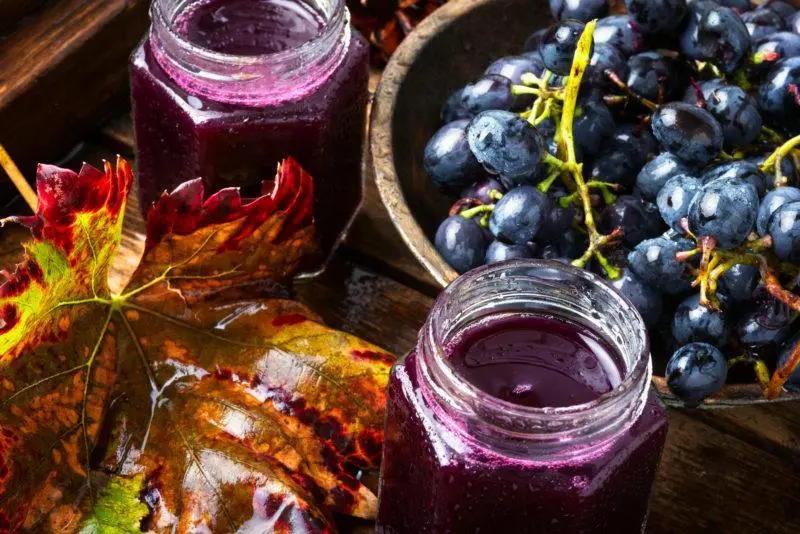
This method of restarting fermentation in almost 100% of cases shows a good result, because the yeast gradually gets used to the must and easily adapts to it. If fermentation did not start after 3-6 hours, then one of the problems described above takes place. Read the article again!









